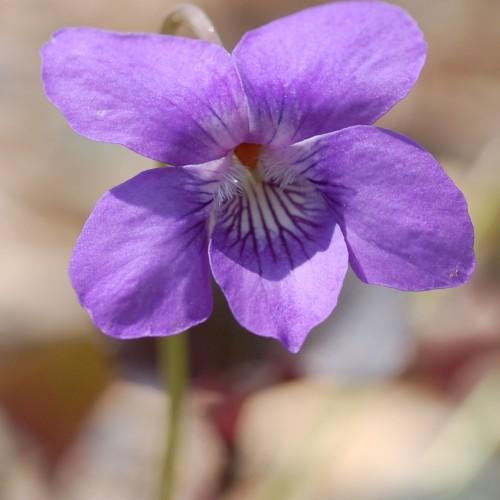
fanleaf violet
Viola 'Dancing Geisha'
Cycle:
Herbaceous Perennial
Watering:
Average
Hardiness Zone:
4 - 8
Flowers:
Flowers
Sun:
Part shade,full shade
Leaf:
Yes
Growth Rate:
Low
Maintenance:
Low
Drought Tolerant:
Yes
Salt Tolerant:
Yes
Care Level:
Medium
watering
Fanleaf violet can be watered regularly, keeping soil evenly moist but not soggy. Aim to water about 1-2 inches per week throughout the growing season. If the plant is in a container, water when the top inch or 2 of soil becomes dry. If the plant is in the ground, check the soil moisture 6-8 inches below the surface. Watering too much can cause the roots to rot, so water only when the soil is dry to the touch. During the winter, water less often, allowing the soil to dry out almost completely.
sunlight
Fanleaf Violet (Viola 'Dancing Geisha') requires at least 4-6 hours of direct sunlight per day to thrive and grow optimally. It is best to provide direct sunlight early in the morning to promote strong growth. This plant prefers bright, indirect sunlight for the remainder of the day, especially during the hot summer months. The optimum temperature range for this plant is between 50-70 degrees Fahrenheit. Avoid direct or overly intense sunlight during the noon hours, since this could cause its leaves to burn and wilt. Additionally, too much direct sunlight may cause the foliage of the Fanleaf Violet to become discolored or sun-scorched.
pruning
Fanleaf violets (Viola 'Dancing Geisha') should be pruned back after flower blooms have begun to fade in the late spring or early summer. Plants with vigourous growth can be lightly sheared at this time to encourage fuller and denser foliage. After the main bloom is done, remove fading flower heads to prevent seed formation. It's also a good idea to remove any old, woody stalks and spent leaves from the base of the plant. For fanleaf violets, pruning should be kept to a minimum, as this plant doesn't require much pruning beyond the basics outlined above.
